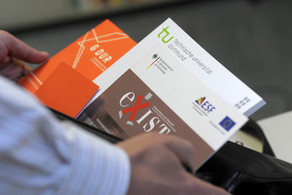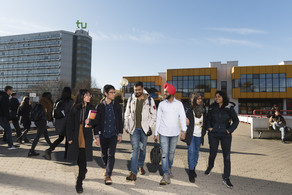Prospects and Challenges for Quantum Computers
- Top News
- Research
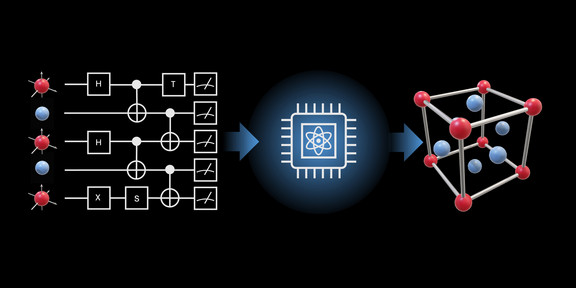
Quantum computers offer the possibility to simulate solid-state structures that even the best supercomputers are not capable of calculating. At the same time, however, the modern systems are still highly susceptible to faults and can distort results. JProf. Benedikt Fauseweh of the Department of Physics has analyzed the most important application cases to date and identified both opportunities and challenges in digital quantum simulation. His perspective article was recently published in the renowned journal “Nature Communications”.
Quantum mechanics explains the behavior of particles on the atomic level and thus is fundamental for understanding our world, especially in solid-state physics. It describes the interactions of electrons and atomic nuclei in crystals and can therefore elucidate material properties such as conductivity, magnetism, and superconductivity. Yet the complexity of the interactions between many particles represents a special challenge, because it exceeds the capabilities of all supercomputers available today. Even with increased computing power, conventional computers would not be capable of providing exact solutions for many quantum phenomena.
This fundamental problem could be solved through digital quantum simulation. The concept, first proposed in 1982 by physicist Richard Feynman, exploits the principles of quantum mechanics to simulate the behavior of quantum systems. Initial approaches to quantum simulation have been analog, but the digital implementation of Feynman’s visionary idea is getting closer thanks to the development of modern quantum computers. One substantial hurdle remains, though: the inherent instability of current quantum computers. When performing complex calculations, these advanced machines are prone to errors that can distort the simulation results.
In a perspective article in the journal Nature Communications, Benedikt Fauseweh (photo), a junior professor in the Department of Physics at TU Dortmund University and an affiliated scientist at the German Aerospace Center (DLR), has analyzed the results to date from research groups worldwide. His analysis shows that most simulations were carried out with only very few quantum bits (qubits). „The more quantum bits are used, the more particles can be simulated – an essential prerequisite for describing even complex quantum phenomena,“ JProf. Benedikt Fauseweh explains. „If too many quantum bits are used, however, the results are no longer reliable due to errors in the quantum computer.“
Quality over Quantity
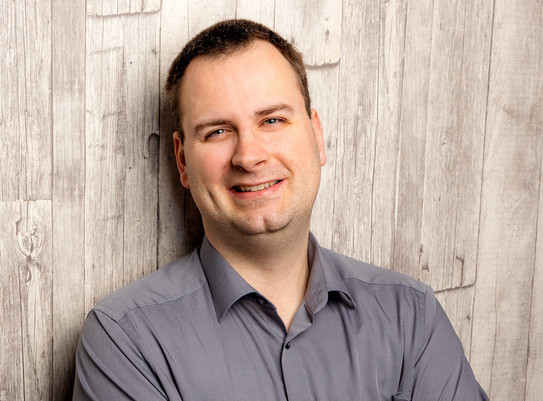
In view of this dilemma, Fauseweh currently advocates taking a middle path: „We must identify those applications and problems for which correct results can still be obtained even if there are errors in the quantum computer. That means: quality over quantity.“ As long as quantum computers remain so susceptible to faults, they cannot be used to solve quantitative problems that require precision greater than five digits after the decimal point. However, fundamental physical questions can be clarified, such as which material is suitable for building better quantum bits.
In the future, digital quantum simulation could play an important role in fundamental research as well as improving the development of quantum technologies themselves. „Gordon Moore predicted in the 1960s that the computing power of computers would double approximately every two years. This exponential increase has made today’s digital age possible,“ says JProf. Benedikt Fauseweh. „With the help of digital quantum simulation, a quantum version of Moore’s Law could be launched, enabling continuous improvement of quantum computers and ushering in a quantum age.“
Contact person for queries:


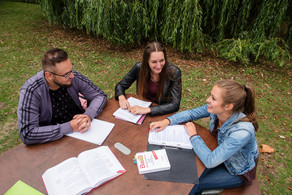
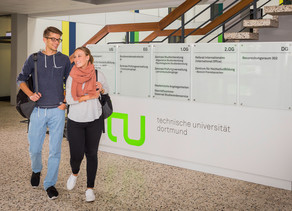
![[Translate to English:] Partner Four hands are holding the green logo of TU Dortmund University](/storages/tu_website/_processed_/1/d/csm_Partner_Nicole_Rechmann_KW_40b35bb3fd.jpg)

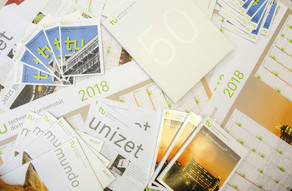


![[Translate to English:] Forschung An apparatus with tubes in a laboratory](/storages/tu_website/_processed_/0/c/csm_Forschung_Juergen_Huhn_cbd34afd6d.jpg)
![[Translate to English:] Studium Five students are sitting in a lecture hall. They are talking to each other.](/storages/tu_website/_processed_/c/9/csm_Studium_FelixSchmale_81d94adc86.jpg)
